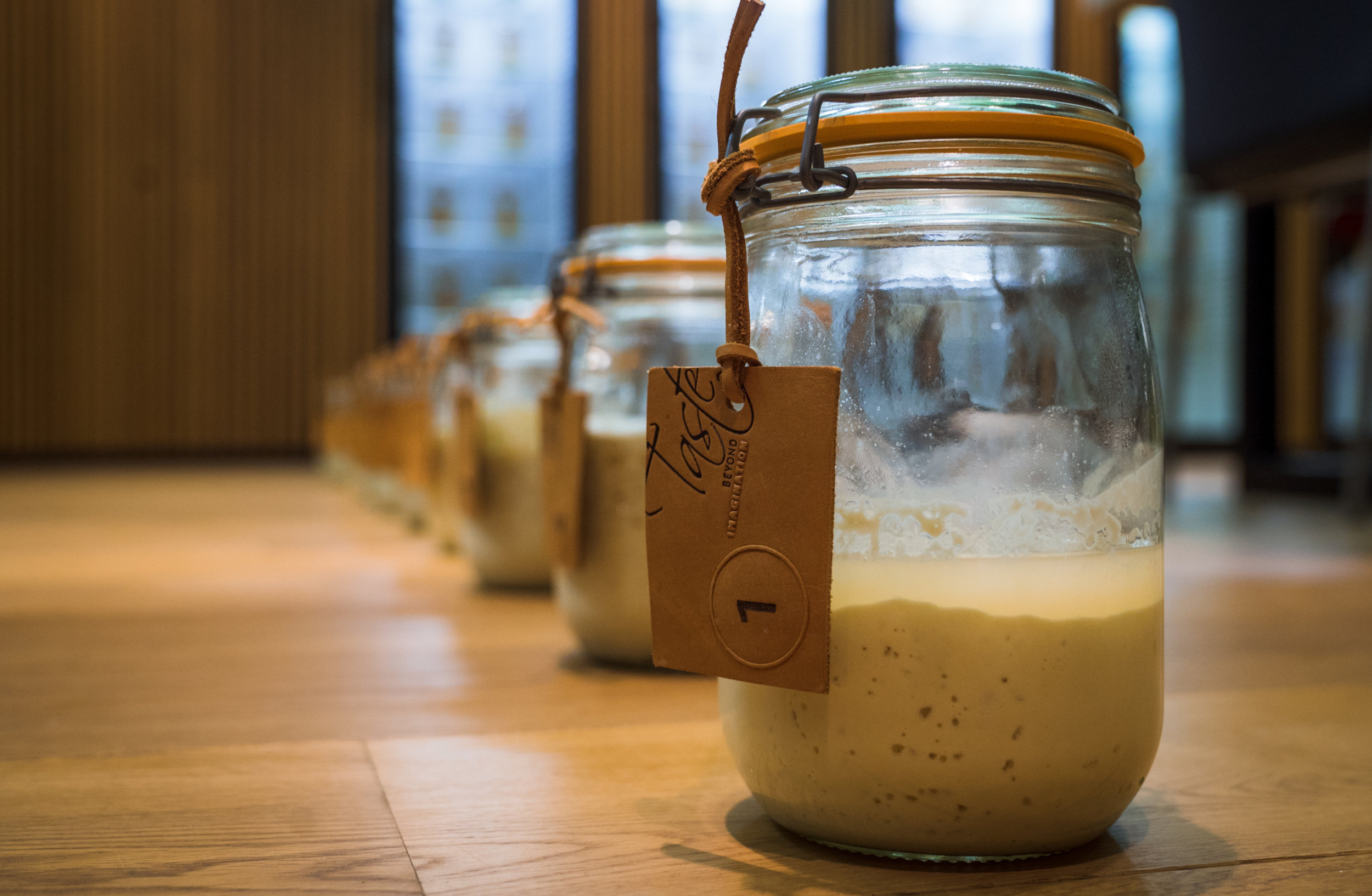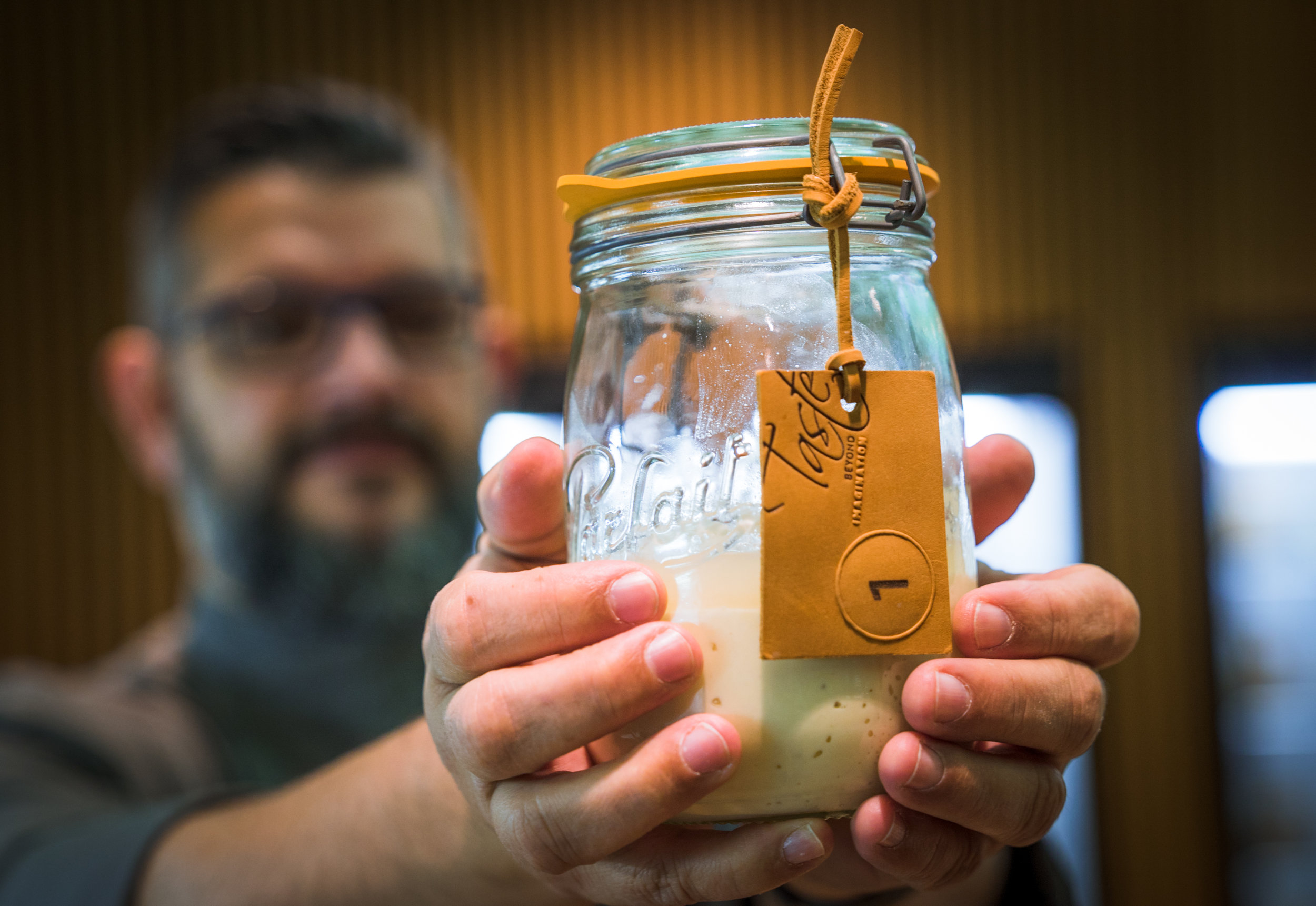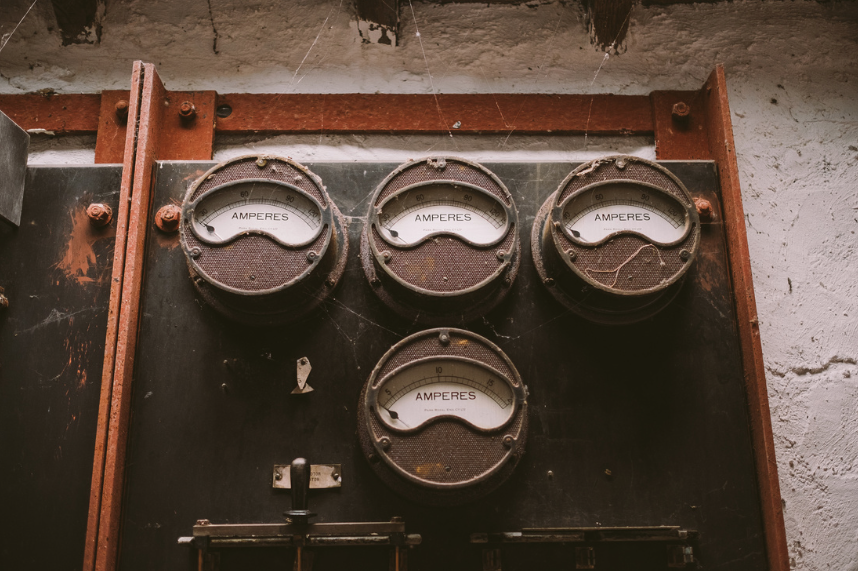French biologist Alain Bombard was so convinced that castaways could survive purely on the sea’s natural provisions that he set out to prove it on a most extraordinary voyage
In the spring of 1951, French biologist and physician Alain Bombard was asleep in the residents’ quarters of a hospital in Boulogne-sur-mer when he was woken by a call: the trawler Notre-Dame-de-Peyragues had missed her course in the mist and broken up on the outer breakwater of the harbour. Bombard arrived at a scene that would stay with him for the rest of his life: 43 men piled up on top of each other “like dislocated puppets”, their feet bare and lifejackets intact. The doctor and his colleagues failed to revive a single one of them.
Bombard thought about how one simple error of navigation had caused the deaths of 43 men and orphaned 78 children. He thought of the 150 fishermen killed each year just in his region of France, and the 200,000 who suffered the same fate every year around the world. More than a quarter of them made it to a lifeboat, only to die in prolonged agony from lack of food and water, or the well-documented perils of losing one’s mind at sea.
Bombard became convinced that castaways could survive for long periods of time by feasting on what the sea could provide, and that countless lives could be saved if lifeboats were fitted with a few simple pieces of equipment: fish hooks, fine nets for collecting plankton – a source of vitamin C – and presses for squeezing fresh water out of fish. He even argued that drinking small amounts of seawater – a maximum of one and a half pints per day – could prolong life, contradicting centuries of evidence to the contrary. But how could he prove such a thing?
To demonstrate his point, in 1952, Bombard embarked on a singular voyage. In the hope of saving thousands of future castaways, he determined to sail across the Atlantic Ocean in a 15-foot (4.5m) inflatable dinghy, using only the sea for sustenance. Onboard the aptly named l’Hérétique, he would have a sextant and a watch for navigating, his fishing kit, and a tarpaulin for shelter and catching rainwater. Emergency rations would be sealed within the craft, and checked by officials once he reached the other side of the Atlantic.
He set his sights on the West Indies, plotting a course between two dreaded dangers: the Doldrums and the Sargasso Sea. The former was an area of low pressure, where two powerful trade winds “meet in a tremendous conflict in a no-man’s land of violent storms, unpredictable turbulence and disquieting calms” (Alain Bombard, The Bombard Story, 1953). The latter was far more frightening.
On 19 October 1952 Bombard set off from the Canaries, cheered on by friends and accompanied by a “veritable convoy” of yachts. Even though the stiff breeze that sped him away from the harbour abandoned his lifeboat shortly after and left him drifting, he slept well that first night, tucking his tarpaulin up to his neck like a blanket and dropping off under a “lovely, luminous sky”.
It didn’t take long for the reality of his solo voyage to sink in, however. After two more nights drifting aimlessly, a light breeze, which soon became a tempest, pushed l’Hérétique further into the Atlantic where it tossed the inflatable craft about like a cork. Confident in the lifeboat’s stability, Bombard decided to sleep it out, waking soon after to find himself completely surrounded by water. He began frantically bailing, scooping water out with his hat for the next two hours while more waves broke over the boat.
Being only a few days into his voyage, Bombard felt confident in his ability to weather the storms. But as October wore on, l’Hérétique continued to be buffeted by gales. The sail ripped; if he managed to sleep at all, Bombard did so shivering, encrusted with salt. When not bailing water or stitching up his sail, he mused on the nature of fear and despair. Above all, he was afraid of fear itself, recognising that increasing tiredness and exhaustion led him to expect the worst.
To keep his growing melancholia at bay, Bombard busied himself with catching fish, squeezing water out of the small ones using a makeshift press and cutting slits in the larger ones and drinking straight from their bodies like some Gollum of the Atlantic. He trapped seabirds and ate them raw and netted two daily spoonfuls of plankton to top up his vitamin C levels and keep scurvy at bay.
Sea-fearing
But fear kept creeping in and, come late October, Bombard had become fixated by the condition of his boat. Each day, he inspected the inflatable craft meticulously, noting where friction had worn the rubberised canvas thin, prising barnacles off to keep its undercarriage in tip-top condition, and putting his ear to the material to check for sounds of rubbing like a doctor with a stethoscope.
So imagine his horror when, in the middle of the Atlantic, he began to be hounded by swordfish. By now, Bombard had become a dab hand at batting away sharks, but he was defenceless against swordfish, fearing that he would enrage them if he engaged in conflict (swordfish were, he had read, prone to fits of fury). He described “12 hours of terror” fending off “a large swordfish of undeniably menacing aspect … seemingly in a rage, his dorsal fin raised like hackles”.
It’s worth noting that, by this point, Bombard was also completely lost. “[I] can no longer determine my longitude with certainty,” he admitted on 26 October. “I shall just have to guess it from the time the sun reaches the meridian”. Stubbornly, he pushed on, but his body was beginning to show the effects of his journey. He started to lose toenails and developed a rash. Losing weight, he found it impossible to get comfortable; every position he sat or lay in caused him pain.
By November, having failed to read an accurate longitude for weeks, Bombard was convinced that he was approaching the end of his journey, unaware that he hadn’t yet passed the Cape Verde Islands. Expecting to see land each new day, and being sorely disappointed, his mood dwindled. And as the days wore on, he started to become increasingly superstitious: he became obsessed with seabirds, which teased him to despair with their promise of land; Wednesdays took on a special meaning; and he believed that he could calculate wind speed by simply listening to its note against the sail.
The only tangible presence being his own, Bombard began to take comfort in the creatures around him, documenting his encounters with all the drama and character you would expect from someone who hadn’t had human contact for months. He was visited at four o’clock each day by the same petrel and was kept company for almost the entire journey by a shoal of ‘dolphins’ – actually dorados, a large type of fish, which jostled around his boat. “I began to share their sensations and reactions,” he wrote, “eating the same food and catching the same flying fish”.
Between the horror of swordfish attacks and the creeping onset of paranoia, Bombard also experienced moments of pure wonder – a half-eaten shearwater carcass illuminating the sail with a ghostly phosphorescence – and at times, he became overwhelmed by the beauty of his surroundings, writing long eloquent odes to the ocean. Staying awake one evening to check the time of the moonrise, Bombard was overcome by the feeling of what a strange and formidable element the sea is, writing:
“It seems to form part of a system so entirely different from normal existence that it might belong to another planet. But there it is at my feet, alive yet inscrutable. Here and there lights appear in the depths... They look like stars half hidden in a cloudy night sky. The fish around me leap and swim to and fro, protagonists of an unseen and mysterious existence. Life at the surface is only the thin upper layer of another world.”
Approaching desperation
Around mid-November, time began to weigh heavily on Alain Bombard. He suffered a 14-day bout of diarrhoea and would go days without sleep. To top it off, the skin on his feet had started to peel away in strips and he was down to his last couple of toenails. Towards the end of November, the wind disappeared entirely and our castaway drifted for over a week, his mood ebbing, his eyes aching from straining on the horizon. Unbeknown to him, he had reached the edge of the Sargasso Sea.
Stewing in his own thoughts under a terrible sun, Bombard soon fell “prey to every emotion”. His paranoia became overwhelming; he believed the clouds were deliberately avoiding the sun so as to deny him shade. He decided that he would not attempt to fight the next storm, trusting his fate to God. “What have I done to deserve all this?” he wrote, dictating his will and final wishes, and holding the authors of his castaways’ handbook accountable for his inevitable death.
But just as Bombard was falling into despair, a miracle happened – and it did, in fact, fall on a Wednesday. He ran into the Arakaka, a passenger cargo steamer out of Liverpool. At first he was reluctant to board, fearing it would invalidate his experiment, but when the captain shouted his location over the tannoy – and it was 600 miles (966km) further east than he thought – Bombard scrambled aboard shouting: “This is it. Fifty-three days, I give up”.
He accepted a shower and a light meal: a fried egg, spoonful of cabbage and a slither of liver. He knew he would be held accountable for his self-imposed rule breaking, but his need for human contact was too great and accepting this hospitality, arguably, saved his life. The encounter gave Bombard the morale boost he so sorely needed, and he set off with renewed vigour on 10 December, having been taught how to read longitude.
On Christmas Eve 1952, the French biologist staggered on to a Barbados beach, 65 days after setting out from the Canaries. He had lost 55 pounds (25kg), was severely anaemic, and found it hard to walk, but he was alive. And, crucially, he had proved his point, at least in his own mind.


























































